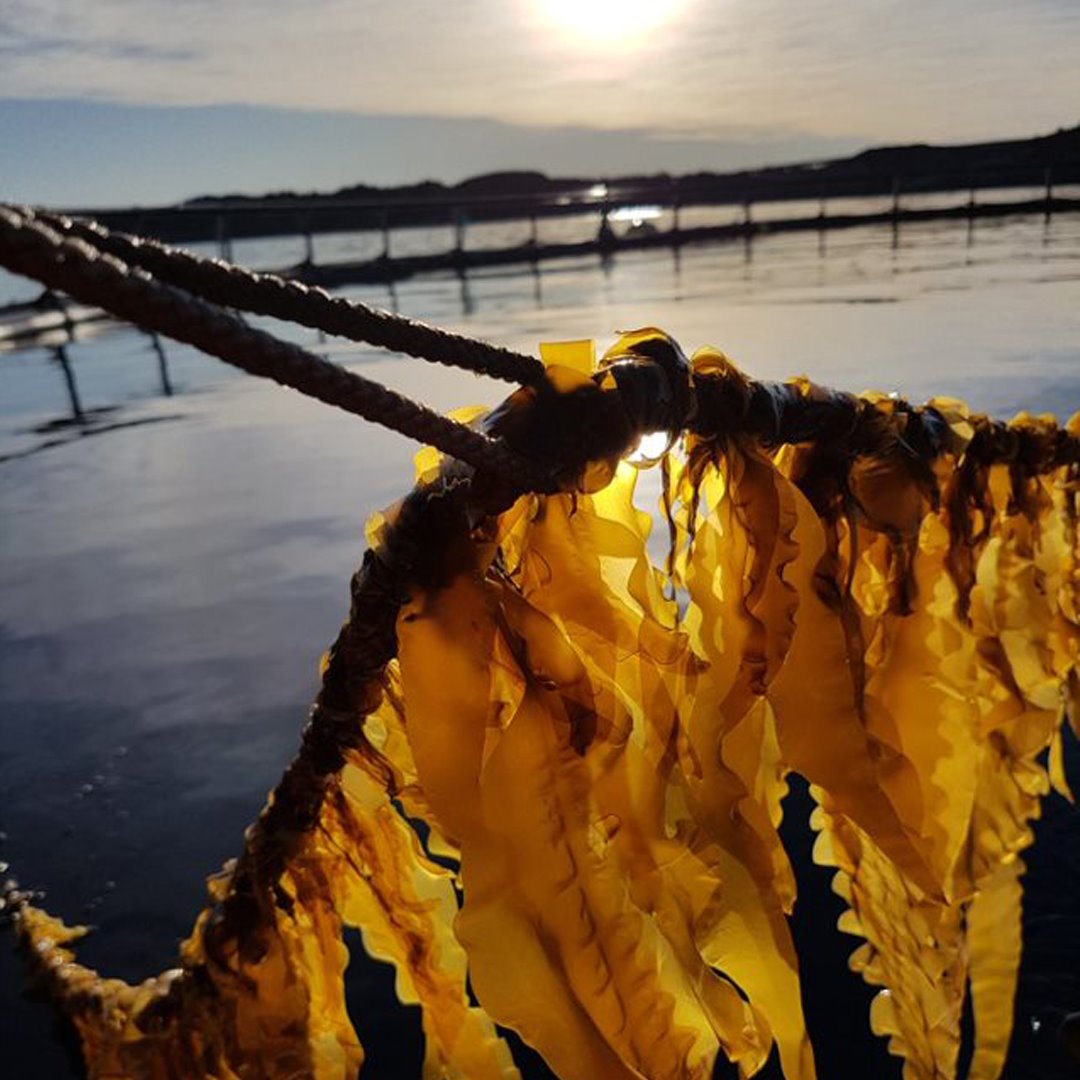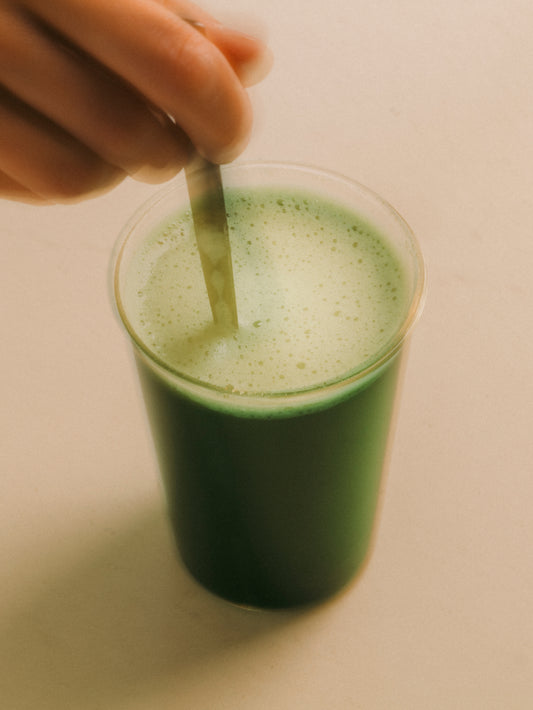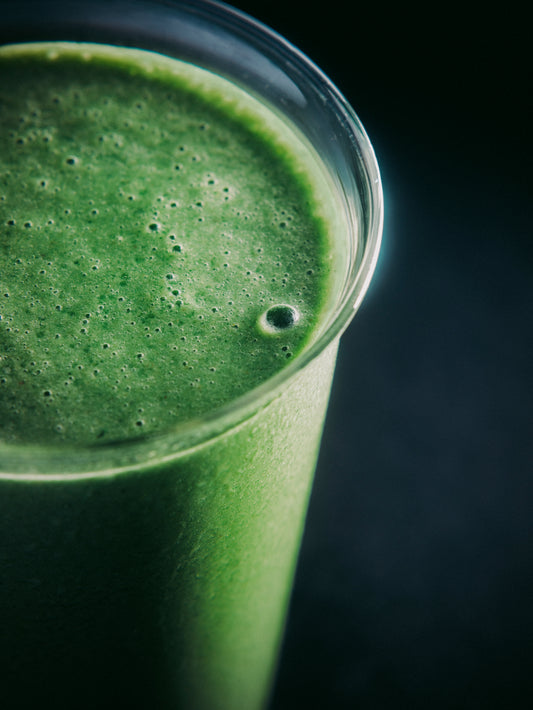Why Kelp?
Kelp is a special species of seaweed, scientifically known as macroalgae. The large, brown, nutrient-dense and antioxidant-packed seaweed we harvest grows and sways in the cool, tidal shallows of Northeast Atlantic coastlines. These dense underwater forests, a unique, regenerative, zero input crop, create habitat and local ecosystem for various ocean dwellers, both finned and footed.
Further, kelp has a unique ability to sequester substantial amounts of atmospheric carbon, up to 20X that of its land based forest relatives, and reduce ocean acidification, establishing itself as a critical link in the chain of our planet's sustained health.
What are the benefits?
The kelp we use at Offshore Greens™ embodies significant human and planetary health benefits. Our Marine Collagen line up kelp of choice is sugar kelp, scientifically known as saccharina latissima, and mimics ocean-grown collagen helping with your hair, skin, nail and joint health. Beyond the collagen, kelp continues to provide benefits from its natural abundance of iodine including thyroid management helping to stabilize hormones. Finally, the sugar kelp used in Offshore Greens™ has magical powers to suck invisible carbon out of the atmosphere and quite literally help reverse climate change. With the ability to sequester up to 20X more carbon than land based trees, we are on a mission to plant 10X kelp seedlings for every Offshore Greens™ functional powder drink sold so that we can make a quantifiable difference in our planet's future on behalf of our community. Consumer environmental activism allows you to make a knowing impact on both you and your planet's future through the purchase and support of Offshore Greens™.
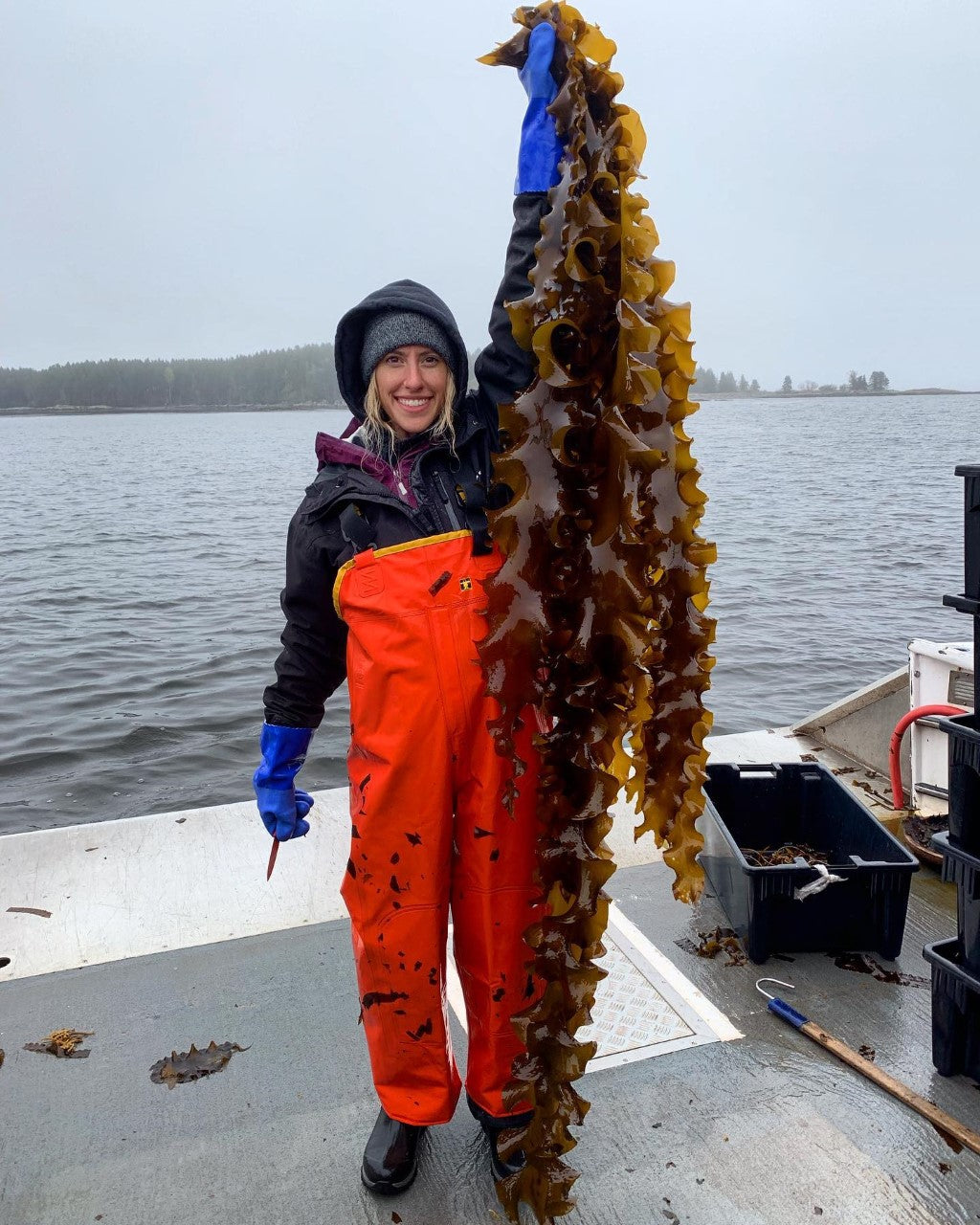
Where does our kelp come from?
Offshore Greens™ uses kelp from one of the most beautiful places on earth, Machias, ME, USA. This small, coastal community is situated downeast near the border of Canada.
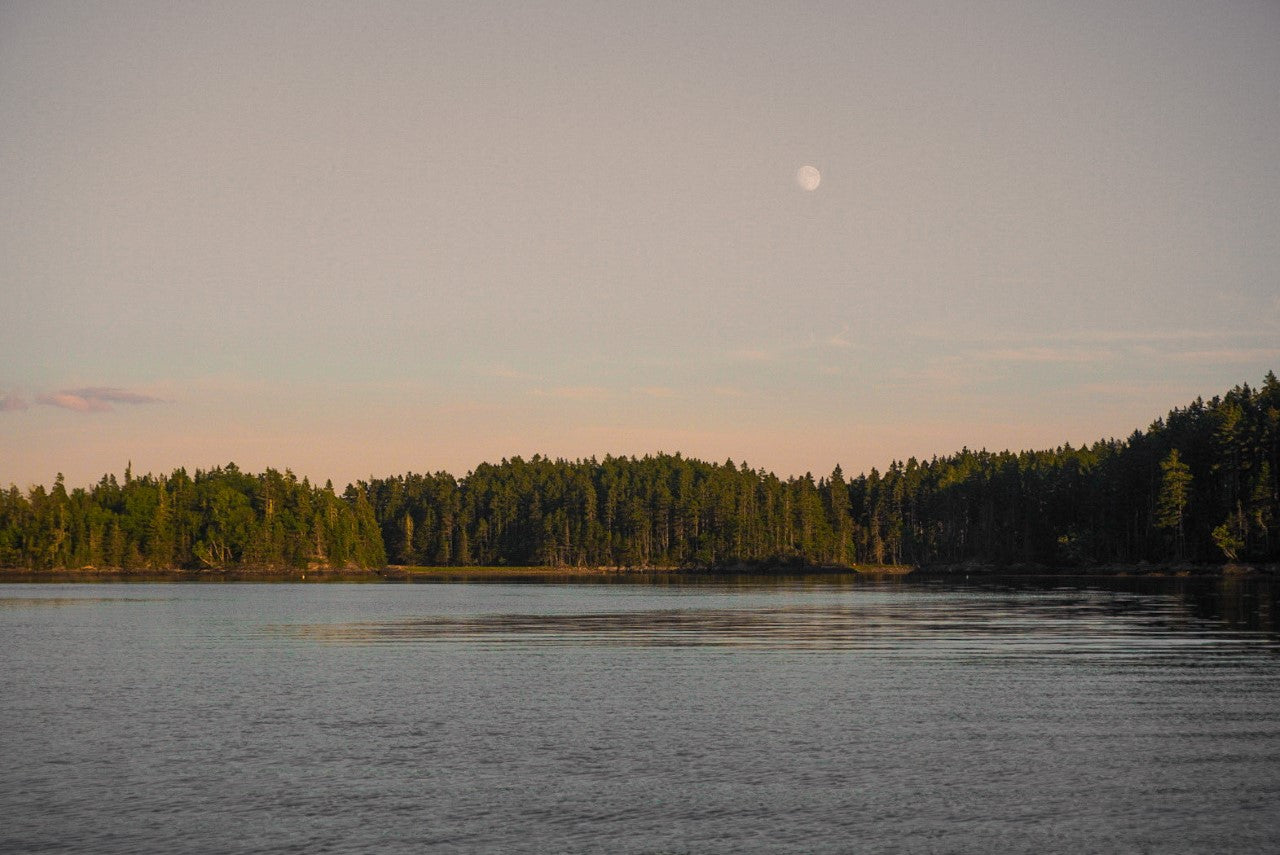
Are there other kinds of kelp?
Yes, there are numerous kinds of kelp around the world. Bull kelp, skinny kelp, sugar kelp, ribbon kelp, winged kelp, chondrocanthus, dulse, gracilaria coronopifolia, gracilaria tikvahaie, gracilaria pacifica and ulva. Bull kelp is found in Alaska and Washington. Ribbon kelp is found primarily in AK. Skinny kelp can be found in Maine. Sugar kelp can be found in ME, AK, NH, RI, CT, MA, and NY. Winged kelp resides in ME. Chondrocanthus grows in WA along with Dulse which is also found in OR and CA. Gracilaria coronopifolia chooses CA, HI and FL. Gracilaria Tikvahaie hides away in CT while gracilaria Pacifica stays warm in HI. Ulva stays south in CA and FL.
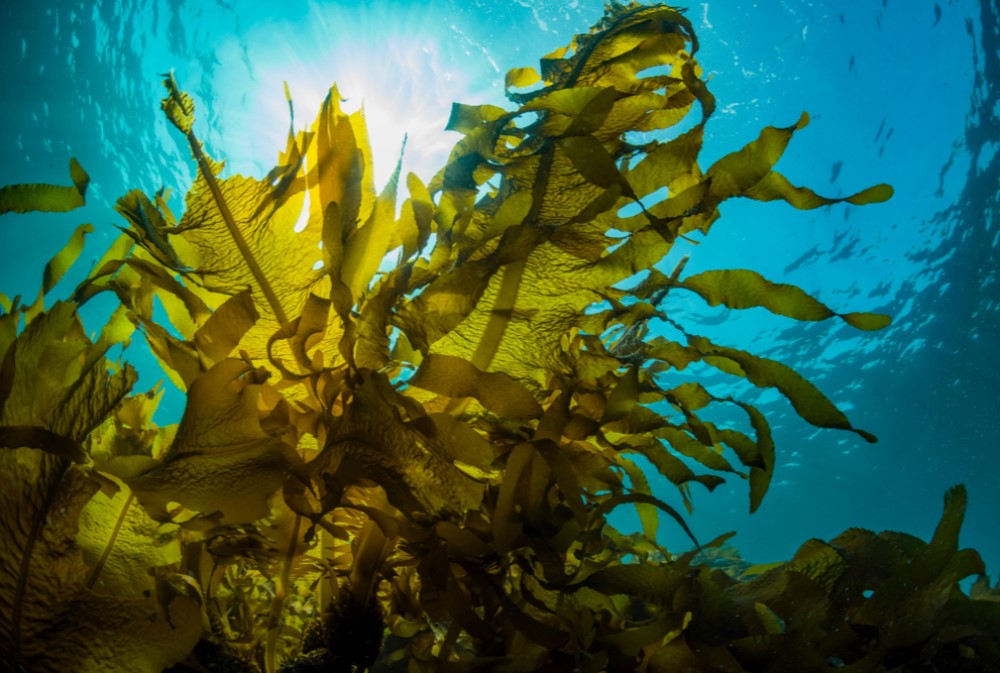
How is the kelp harvested?
The kelp is harvested by hand in Machias, ME. Using a small boat, submerged lines off of which the kelp grows and a small team, the farmers hook the kelp and attach it to a winch arm of their vessel. As the winch arm turns and the line is pulled, the kelp is sliced off the line and drops into large drums to be taken ashore. Once on land, the kelp is hung to dry before being pulverized and ground into a thin, fine powder. By growing kelp in coastal farms, we are able to capture carbon and send certain amounts of the grown kelp to be sunk while also allowing the wild grown kelp to do its thing uninterrupted.
